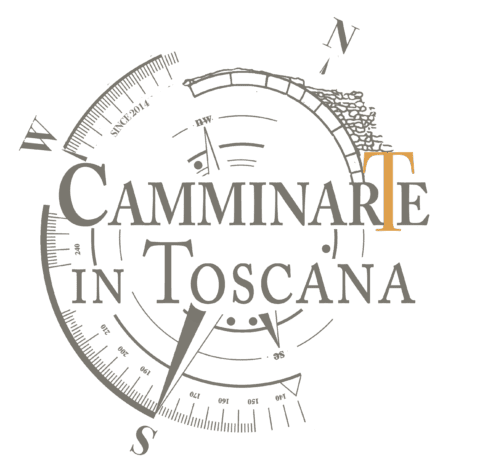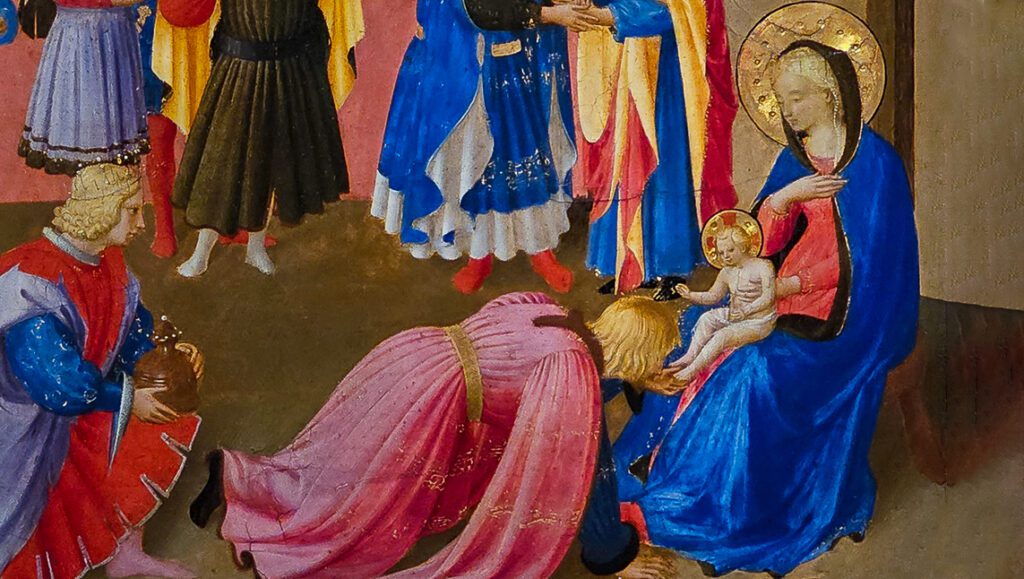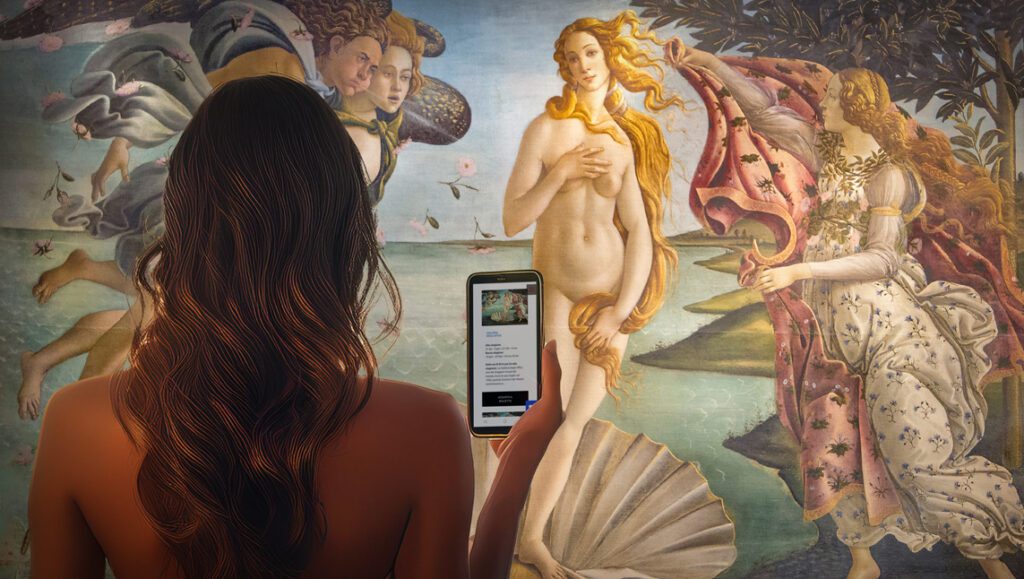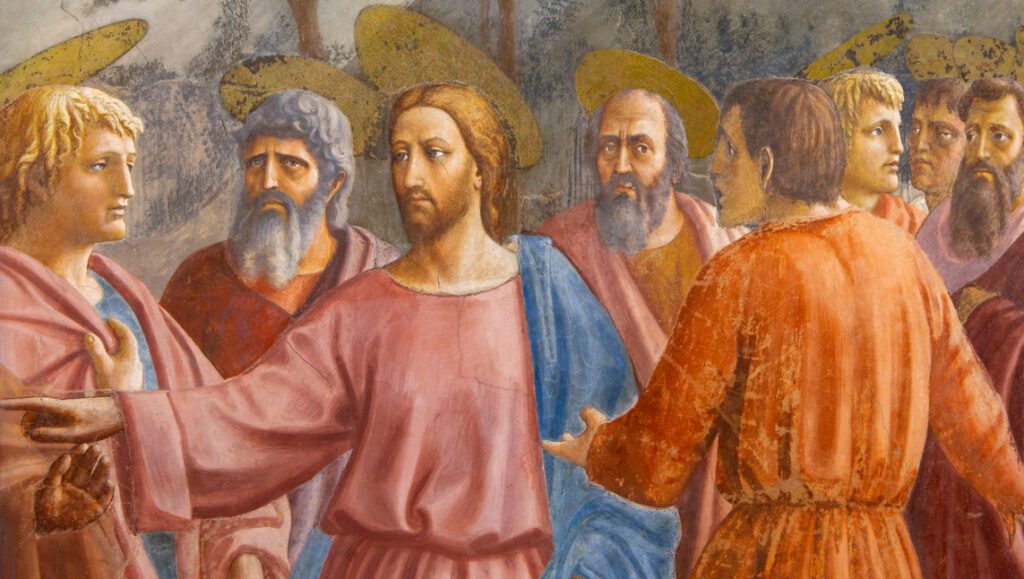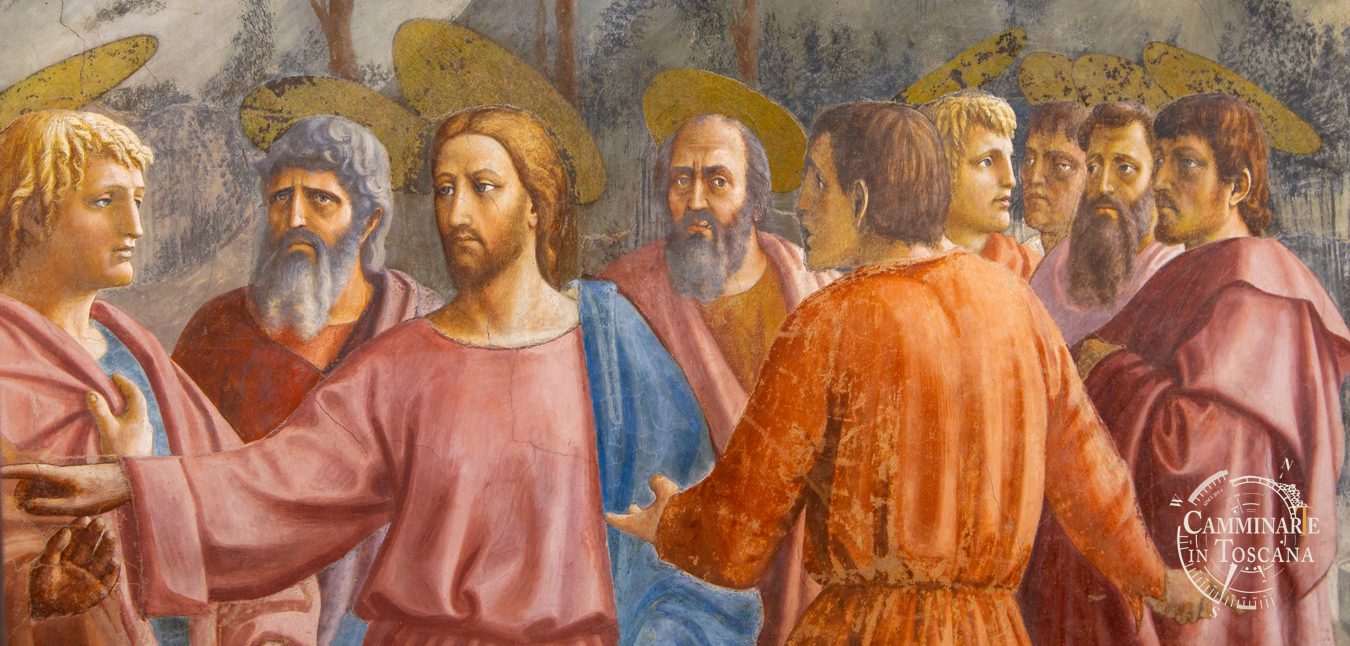
The 600 years of Masaccio’s frescoes
The year 2025 marks a significant anniversary in the history of art: six hundred years since the creation of Masaccio’s frescoes in the Brancacci Chapel, a site that may rightly be regarded as a place of pilgrimage for enthusiasts of early Florentine Renaissance art.
Situated within the Church of Santa Maria del Carmine in the Oltrarno district, the chapel has long served as a crucial chronological reference point due to its remarkable frescoes, initiated by Masolino da Panicale in 1424 and subsequently continued by Masaccio from 1425 onwards.
These paintings represent a cornerstone not only of the Renaissance but also of the broader evolution of Western painting. Masaccio, whose real name was Tommaso di Ser Giovanni di Mone Cassai (1401–1428) – born in San Giovanni Valdarno – succeeded in revolutionising the pictorial conception of his time through the introduction of innovative techniques and a figurative language that would influence generations of artists.
This brief article aims to examine Masaccio’s pivotal role in the process of artistic renewal and the significance of his frescoes for understanding the Florentine Renaissance.
Keyword: Perspective
One of the most striking aspects of Masaccio’s style is his masterful command of perspective, which he translated into images of great expressive power and compositional rigour. Perspective represented a major innovation in those years, particularly following the recent codification of its mathematical rules by Filippo Brunelleschi, the celebrated architect whose fame is inseparably linked to the construction of the dome of Santa Maria del Fiore.
Prior to this crucial innovation – and its application in painting by Masaccio – the art of painting tended towards greater schematisation, although some artists in the fourteenth century had already demonstrated preliminary attempts at spatial representation, albeit with notable differences.
An essential element first seen with Masaccio is the use of a single vanishing point, which enabled a spatial organisation that promoted depth and the illusion of continuous three-dimensional space. This is particularly evident in Masaccio’s famous Holy Trinity in the Church of Santa Maria Novella, while in the Brancacci Chapel, the artist ‘dares’ to create spatial renditions extending beyond architectural settings to embrace the surrounding landscape.
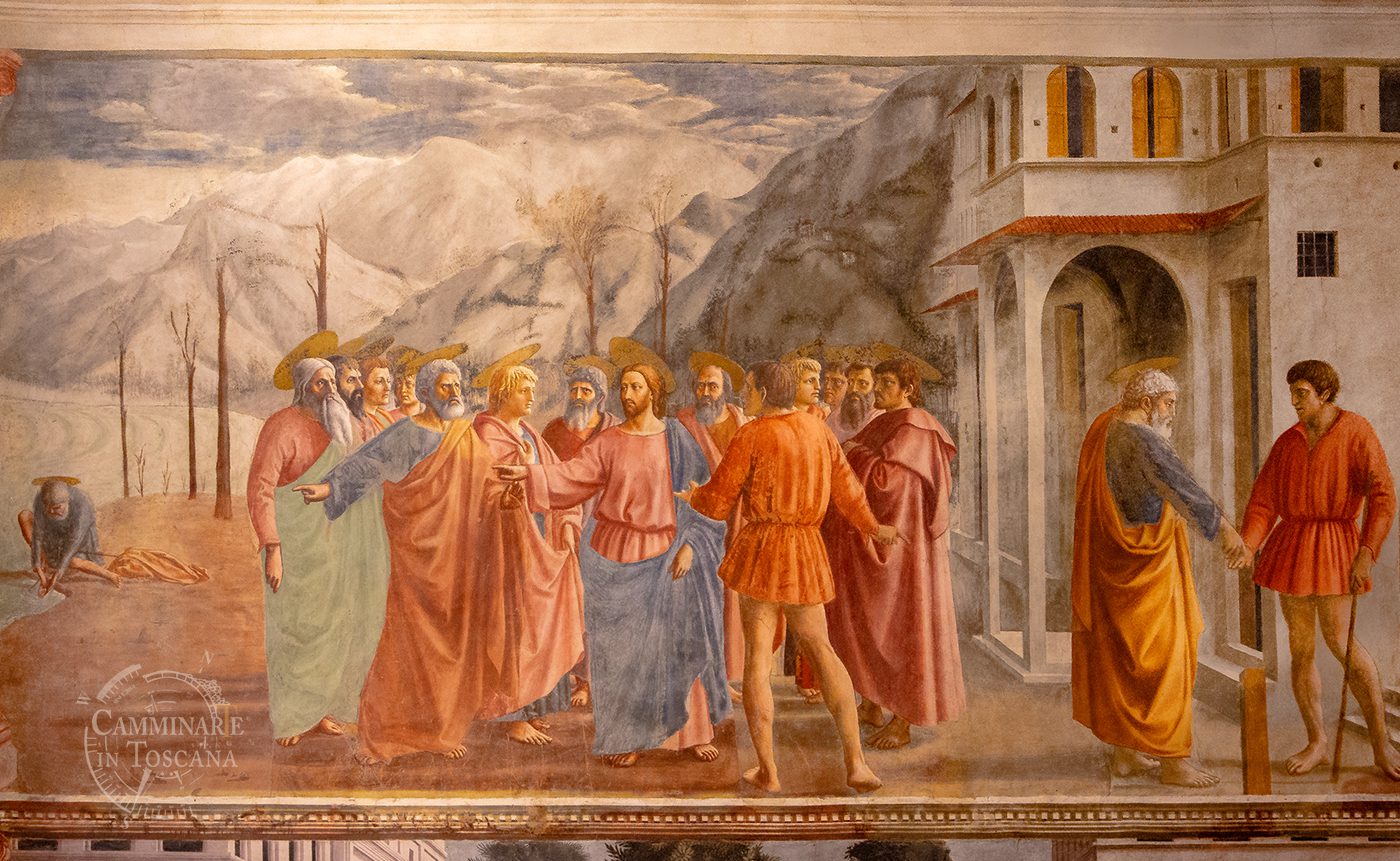
The Chapel, commissioned by the Brancacci family, houses a cycle of frescoes depicting episodes from the life of Saint Peter. Masaccio’s contribution, continuing the work begun by Masolino, proves to be of primary importance: the young artist introduced imposing and solid figures, eschewing any type of ornamental embellishment such as gilding or sumptuous garments.
Although the cycle of frescoes presents various scenes allowing the observer to reflect on the innovations introduced by the painter from San Giovanni Valdarno, the most emblematic of Masaccio’s works is The Tribute, in which the artist represents with incredible verisimilitude the moment when Christ, surrounded by the apostles, instructs Peter to retrieve the necessary tribute money from the mouth of a fish.
The arrangement of the figures around a well-defined focal point creates a sense of spatial unity, while the use of light and shadow – modelling the bodies with great naturalness – breaks decisively with the idealisation typical of Gothic art.
Masaccio’s realism was perceived as a true revolution: he demonstrated that the mathematical rules of perspective could be employed to confer anatomical accuracy and spiritual solemnity to sacred figures, without diminishing the devotional quality of the work. His figures are characterised by volumetric bodies and intense expressions, making the sacred episodes strikingly adherent to human reality and recalling the artistic ideals of Giotto, his esteemed predecessor.
The impact of Masaccio’s pictorial innovations was immense: numerous artists, the most renowned being Michelangelo, either trained in front of or found inspiration from the frescoes in the Brancacci Chapel, recognising their revolutionary significance.
To celebrate today the six-hundredth anniversary of these frescoes is to acknowledge how Masaccio laid the foundations of Renaissance painting, elevating it as a tool for rational inquiry and realistic representation of the world. His rigorous application of perspective and attention to anatomical representation conventionally marked the transition from late Gothic to Renaissance painting, initiating a path of innovation that would be further developed by artists such as Fra’ Angelico and Andrea del Castagno.
Ultimately, the Brancacci Chapel remains, six centuries later, an indispensable monument for the study and understanding of the Renaissance and the evolution of the Italian pictorial language.
Important messages conveyed by the patrons
However, the frescoes of the Brancacci Chapel are significant not only for heralding the beginnings of perspectival painting, but also for expressing, through the gestures and narratives depicted, important concepts and messages endorsed by the patrons, set within a historically significant context for Florence in those years.
Through a guided visit to the chapel, you will have the opportunity to discover the full importance of the Brancacci frescoes within the artistic and political context of early fifteenth-century Florence ⟢
